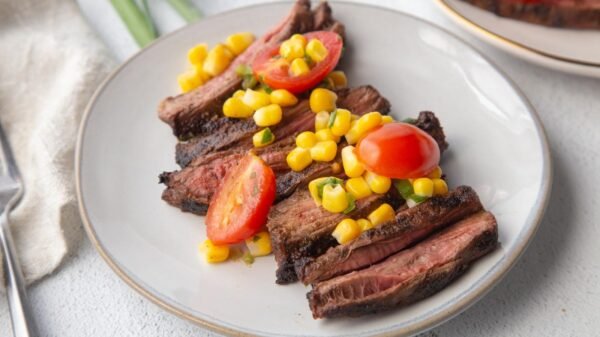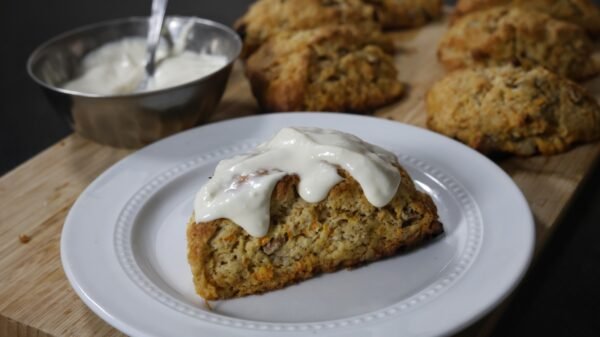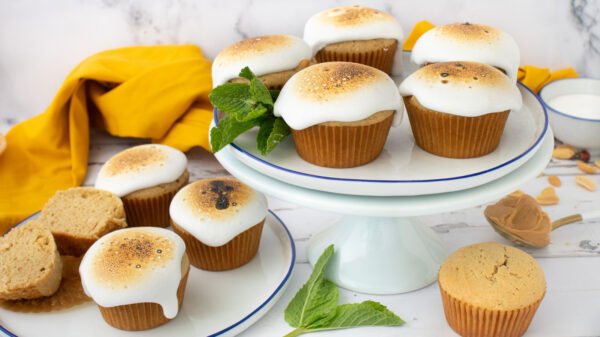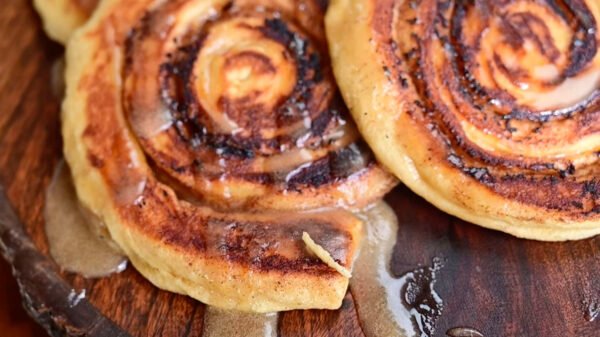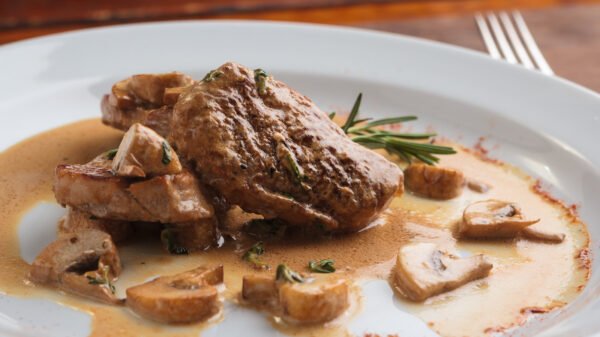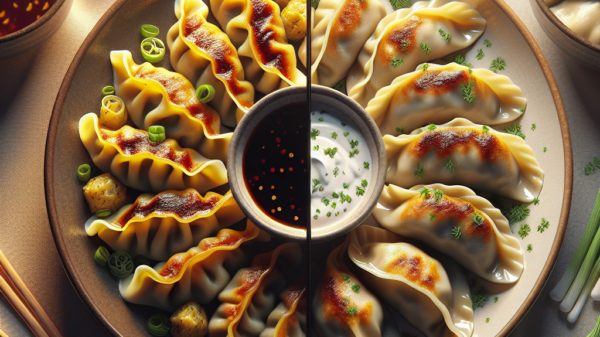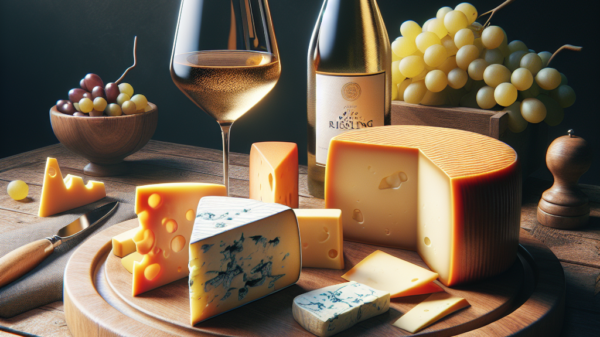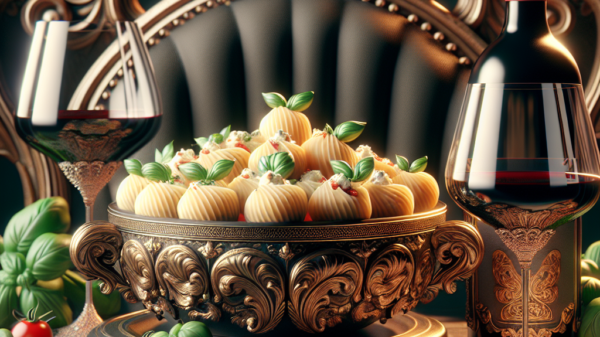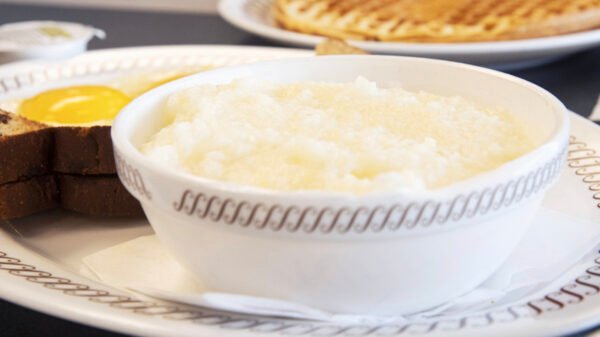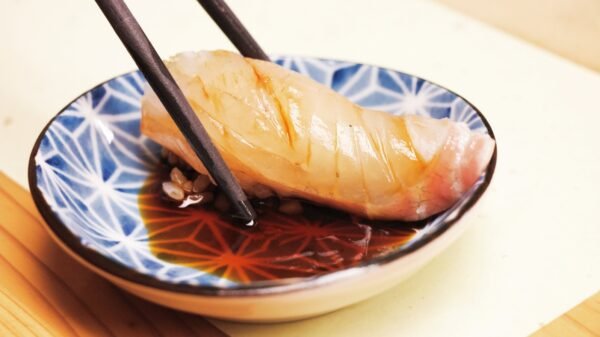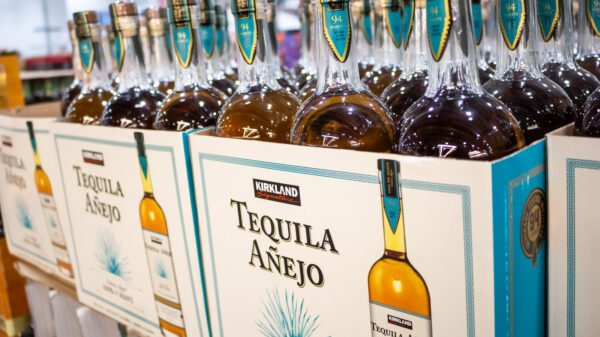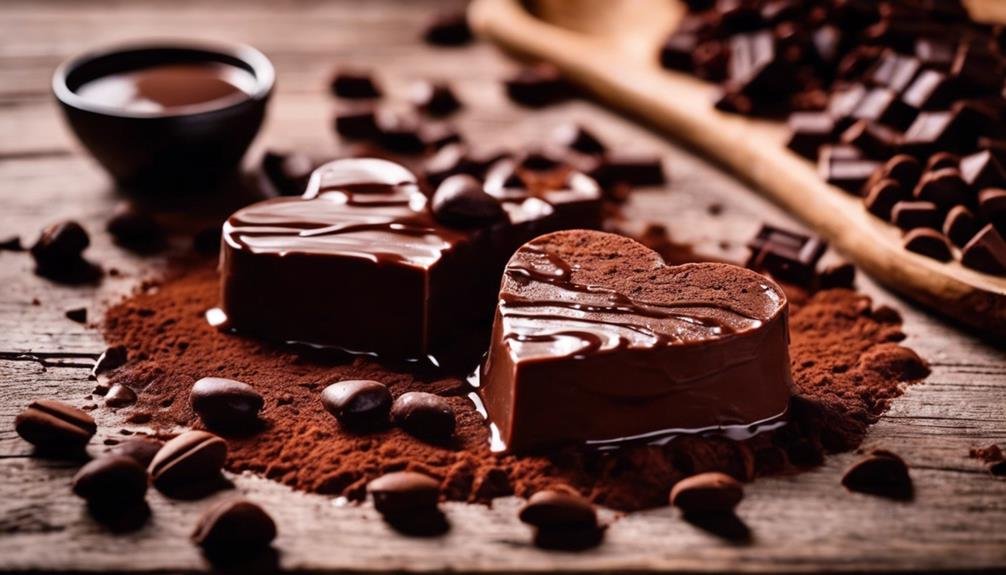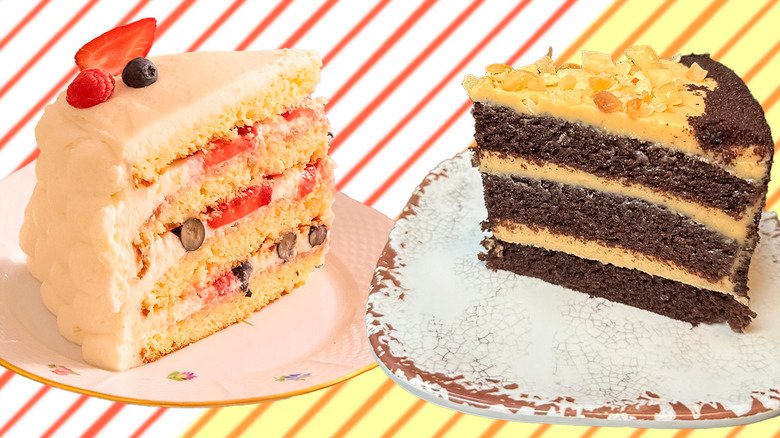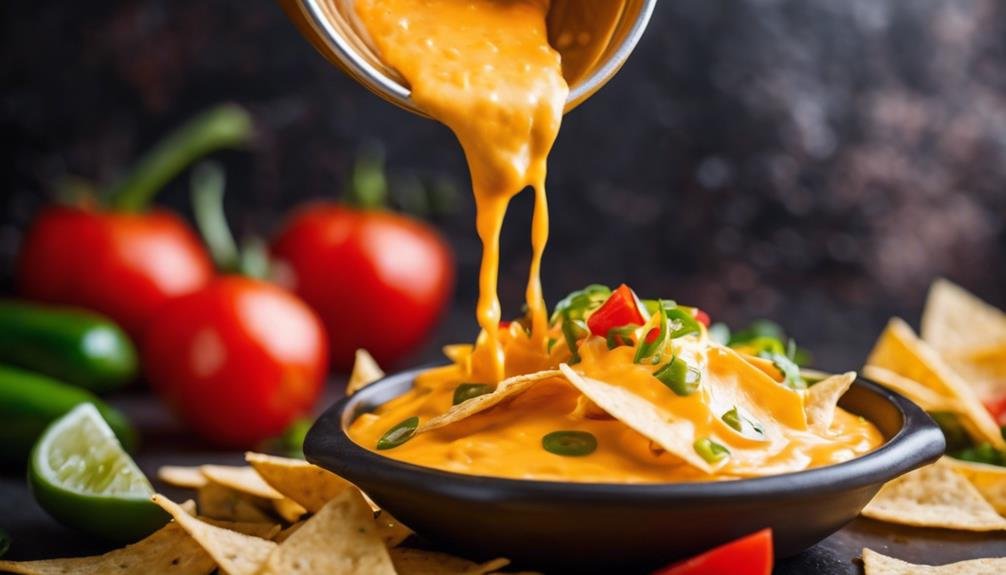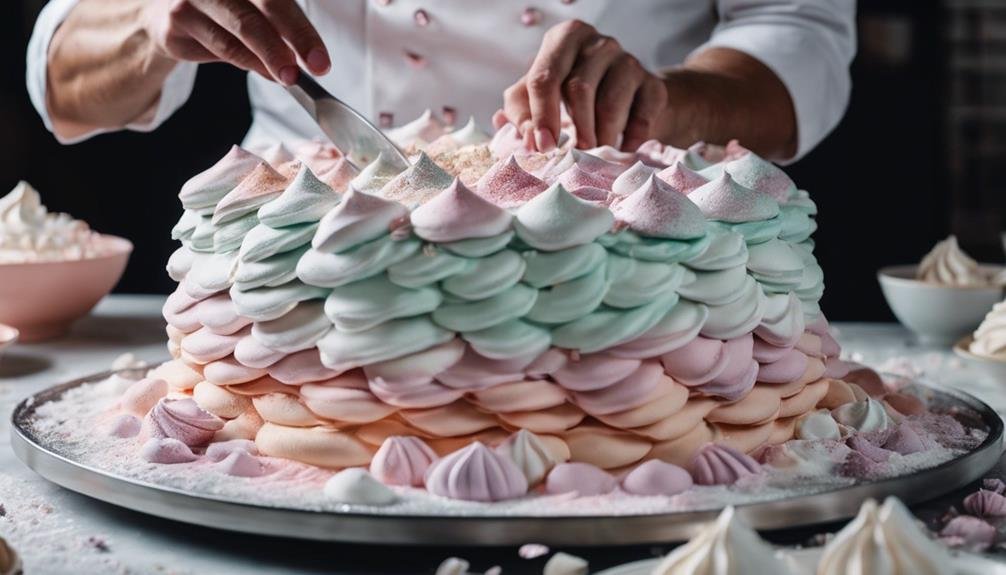Picture yourself peeling back the wrapper of a rich, velvety fudge, its chocolate heart beating with every bite you take.
You’ve always believed chocolate to be the soul of Fudge, but is that the case? As you investigate the origins and variations of this beloved treat, you’ll realize that Fudge isn’t confined to chocolate alone.
It welcomes myriad flavors, from vanilla to peanut butter, each with a unique character. This venture into the world of Fudge might challenge your sweetest assumptions, leaving you pondering what truly lies at the heart of Fudge’s irresistible allure.
Fudge Facts Key Takeaways
- Chocolate, used in Fudge, varies in cocoa content, influencing the confection’s final taste and texture.
- Fudge’s primary ingredients are sugar, butter, and milk, with chocolate being an optional but popular addition.
- While chocolate has a long-standing history and versatility in cooking, it is not essential in all fudge recipes.
- Adding chocolate to Fudge enhances its flavor profile, but Fudge can also include other flavorings like nuts and marshmallows.
Chocolate’s Role in Fudge
Chocolate enriches Fudge with its indulgent flavor and plays a pivotal role in distinguishing this creamy confection from other sweets. When diving into fudge recipes, your chocolate ingredients directly impact the final product. The cocoa solids and cocoa butter in chocolate contribute to the Fudge’s luxurious texture and deep, complex flavor. The sugar content in the chocolate balances with the creamy elements, ensuring your sweet treats hit that perfect note of sweetness without overwhelming the palate.
The type of chocolate used in crafting dessert recipes that stand out can transform a simple fudge into an extraordinary experience. Darker chocolates, with higher cocoa solids, introduce a robust flavor profile, while milk chocolate offers a smoother, sweeter touch. The versatility of chocolate in fudge recipes allows for freedom of expression in the kitchen. Whether aiming for a rich, decadent dessert or a lighter, sweeter confection, understanding the nuances of chocolate ingredients can lift your Fudge from a mere sweet treat to a memorable indulgence.
Historical Evolution
Understanding the impact of chocolate in fudge recipes sets the stage for exploring how Fudge has evolved since its accidental creation in the late 19th century. Fudge’s birth is a tale of delicious serendipity originating from a failed caramel batch. This mishap led to the development of its unique crystalline structure, a hallmark of Fudge that sets it apart from other sweets. Cacao beans, integral to chocolate, soon found their way into fudge recipes, enriching the confection’s flavor and texture.
The fudge story takes a fascinating turn at Vassar College, where it made its initial documented appearance. A student’s letter detailing a successful senior auction featuring Fudge showcased its burgeoning popularity in academic circles. Fudge’s appeal spread from these collegiate beginnings, finding a special place in American confectionery.
Mackinac Island played a pivotal role in Fudge’s historical evolution. Here, recipes akin to that original creation began to surface in shops, cementing Fudge’s status as a beloved treat. This island helped transform Fudge from a simple mistake to a confectionery cornerstone, illustrating the dynamic journey of fudge origins through time.
Nutritional Insights
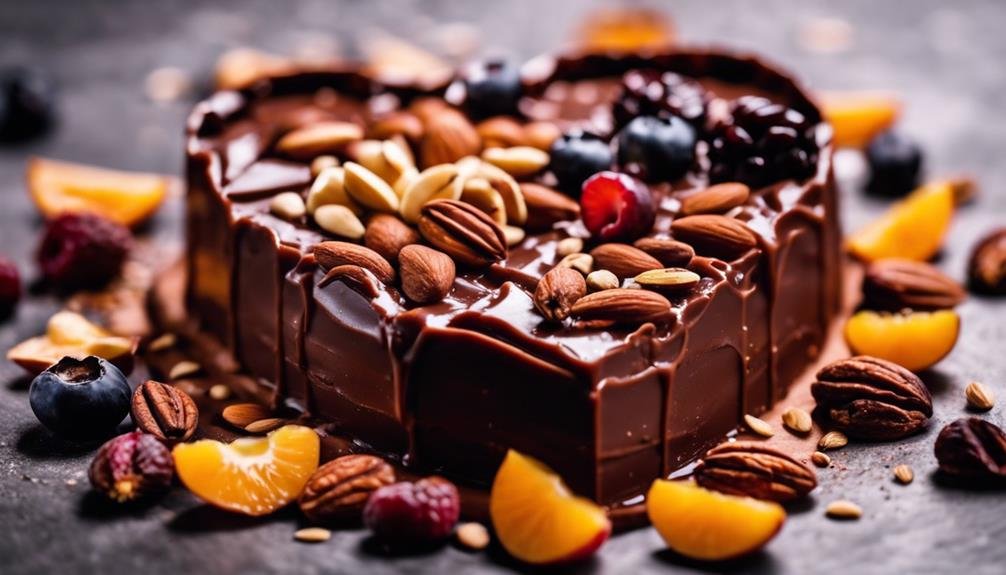
While indulging in your favorite sweets, it’s worth noting that opting for Fudge made with high-quality dark chocolate satisfies your sweet tooth and offers potential health benefits. Dark chocolate, known for its rich flavor and depth, elevates Fudge’s taste and nutritional value. The health benefits of chocolate, especially dark chocolate, include a good dose of antioxidants, which can help reduce inflammation and improve heart health.
Dark chocolate’s fiber and mineral content positively affect your daily nutritional needs. When you choose Fudge that incorporates high-quality dark chocolate, you’re not just flavoring desserts; you’re also adding a source of iron, magnesium, and fiber to your treat. This makes for a more guilt-free indulgence compared to other sweet treats.
The beauty of Fudge lies in its versatility. Customizable fudge flavors mean you can enjoy the nutritional benefits of dark chocolate in various ways, tailoring your treat to your taste preferences. So, next time you reach for that piece of Fudge, remember that high-quality dark chocolate doesn’t just bring flavor to the table—it also brings a bounty of benefits.
Texture and Taste
Have you ever wondered why Fudge feels so creamy and melts in your mouth? Fudge is a blend of sugar, butter, and milk, all boiled to perfection to achieve that iconic chewy texture. But it’s not just about the texture; the taste of Fudge is equally vital. Whether it’s milk chocolate or dark, the sweet, buttery flavor comes from a careful balance of cocoa solids and butter.
Here’s what makes the texture and taste of Fudge so unique:
- Cocoa Butter: It provides the melt-in-your-mouth sensation, making Fudge irresistibly creamy.
- Cocoa Solids: These are responsible for the depth of flavor, whether you prefer the bittersweet taste of dark chocolate or the lighter touch of milk chocolate.
- Sugar: It’s not just about sweetness; sugar contributes to the chewy texture of Fudge, making each bite a perfect blend of flavors and textures.
Understanding these components, you’re not just enjoying a treat but experiencing a delicacy that’s been perfected over time. Next time you savor a piece of Fudge, remember it’s a combination of science and art that makes it delightful.
Cooking and Versatility
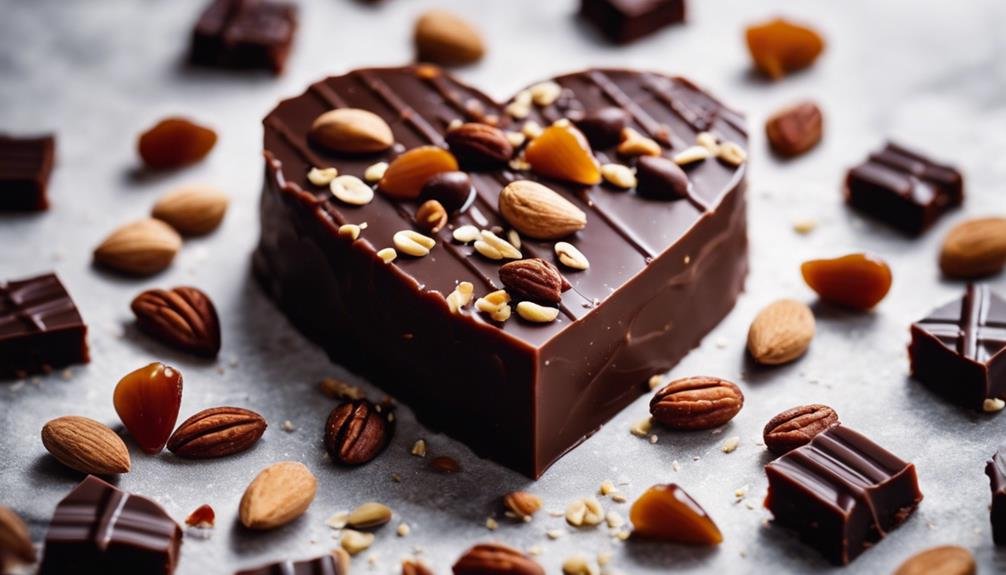
Fudge’s culinary adaptability allows you to experiment with various flavors and mix-ins, making it a versatile ingredient in your kitchen. Whether cooking up a storm for a special occasion or just whipping up a treat for yourself, Fudge allows you to let your creativity run wild. You can customize flavors to suit any palate, incorporating everything from nuts and candies to seasonal flavors like pumpkin and peppermint. It’s a surefire way to keep things exciting and tailor your desserts to the time of year.
But it doesn’t stop there. Modern cooking with Fudge welcomes innovative ingredients like cream cheese and coconut butter, elevating the texture and taste to new heights. These additions offer a unique twist, proving that Fudge is more than a traditional sweet. It’s a canvas for your culinary artistry.
And if you’re seeking inspiration or a taste of the extraordinary, fudge shops are repositories of flavor combinations. They showcase the endless possibilities of customizing Fudge, from the classic to the unconventional. So, engage with the world of Fudge in your cooking. It’s an adventure in flavors, textures, and creativity waiting to happen.
Frequently Asked Questions
Is There Chocolate in All Fudge?
No, not all Fudge contains chocolate. Although chocolate is a common ingredient, many varieties of Fudge include vanilla, caramel, or fruit flavors, providing a diverse palette of taste experiences.
What Is a Fun Fact About Fudge?
A fun fact about Fudge is that it originally didn’t include chocolate as an ingredient. It gained popularity in the late 19th century at a women’s college and has since evolved to include various flavors, showcasing its versatility beyond the traditional chocolate.
Is Fudge Better Than Chocolate?
Whether Fudge is better than chocolate depends on personal preference; Fudge tends to be sweeter and softer in texture, appealing to those who enjoy a more intense sweetness and a creamy consistency. On the other hand, chocolate is known for its rich flavors and variety, catering to a broader range of taste preferences. Each has its distinct charm, making the comparison subjective.
What Happens if You Don’t Beat Fudge?
Failing to beat your Fudge will result in a grainy or gritty texture due to unevenly distributed sugar crystals. Beating it properly ensures a smooth, creamy consistency with a delightful melt-in-your-mouth experience.
Conclusion
To sum up, chocolate’s rich, decadent essence often takes center stage in Fudge, but it’s not the heart of all fudge varieties. Historical exploration and taste adventures reveal that Fudge’s versatility stretches beyond chocolate, embracing many flavors.
Nutritional nuances and texture variations highlight the confection’s adaptability. So, whether you’re a chocolate devotee or a fudge purist, remember: the true spirit of Fudge lies in its ability to morph, delighting us with its endless possibilities in the kitchen.


